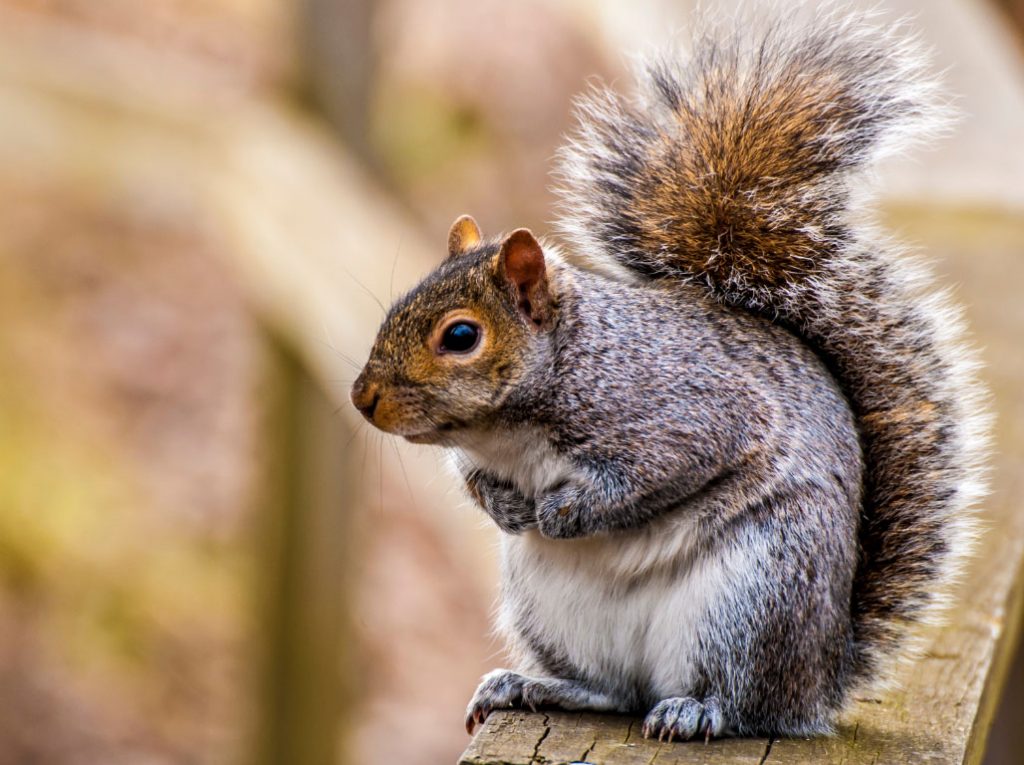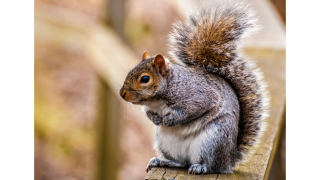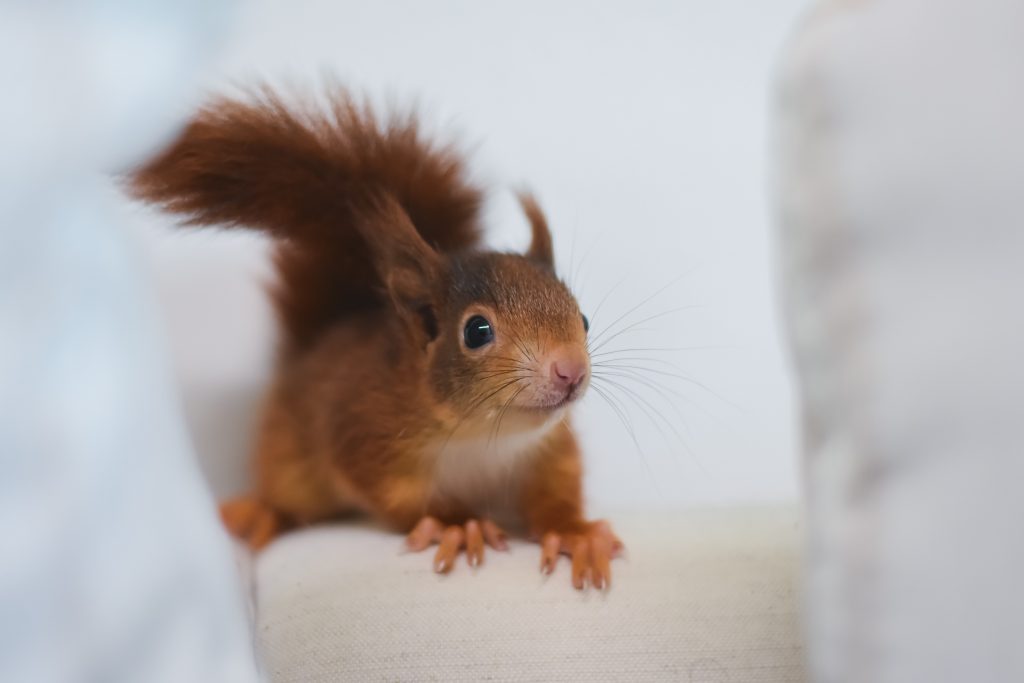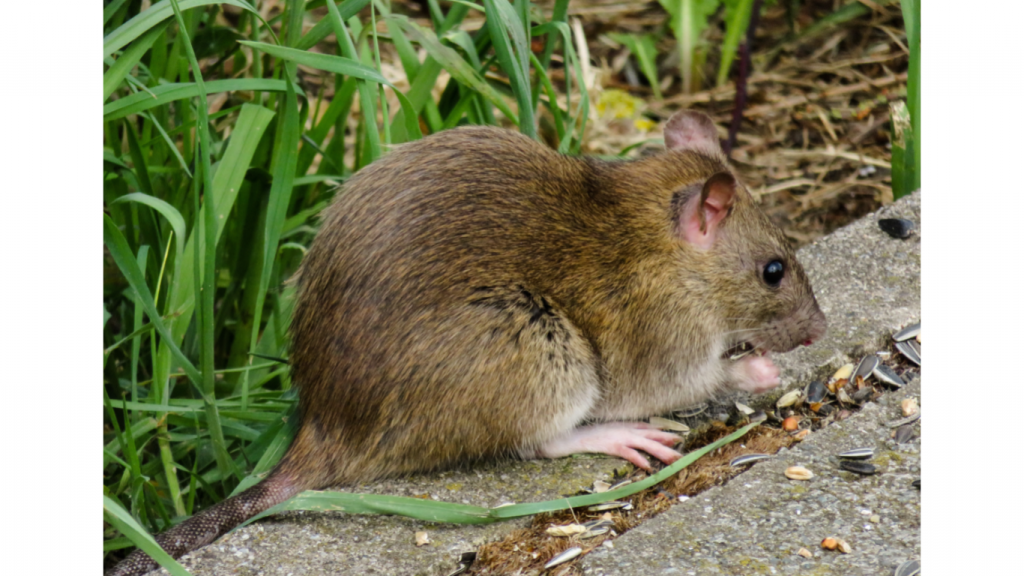Squirrel Pests

General Information
Average Lifecycle
Quick Facts
Type: Mammal (Rodent)
Diet: Omnivore, although they are predominantly herbivorous
Lifespan: 2-5 years, with larger species tending to live longer
Size: 8-70 cm long depending on species
Weight: 400g – 600g depending on species
Habitat: Adapted to a huge range of habitat from tropical rainforest to semiarid desert
Range: The Americas, Europe and Asia, with an introduced population in Australasia
Scientific name: Sciuridae
Grey Squirrel


Red Squirrel
FUN FACTS
• They can hang upside down, as well as can swim.
• In Finland “squirrel pelts” (skins) were used as a currency before coins were introduced.
• Oravannakka, or “squirrel pelt” is still used there as an expression for money.
• A red squirrel’s tail is used for balance, communication, to slow them down when jumping and as a snuggly blanket.
TREATMENT
Squirrels can cause untold damage in people’s homes and loft spaces, including electrical fires.
We will customise a treatment program to eradicate, as well as block and seal any accessible entry points.
Give us a call: 0208 914 8285







